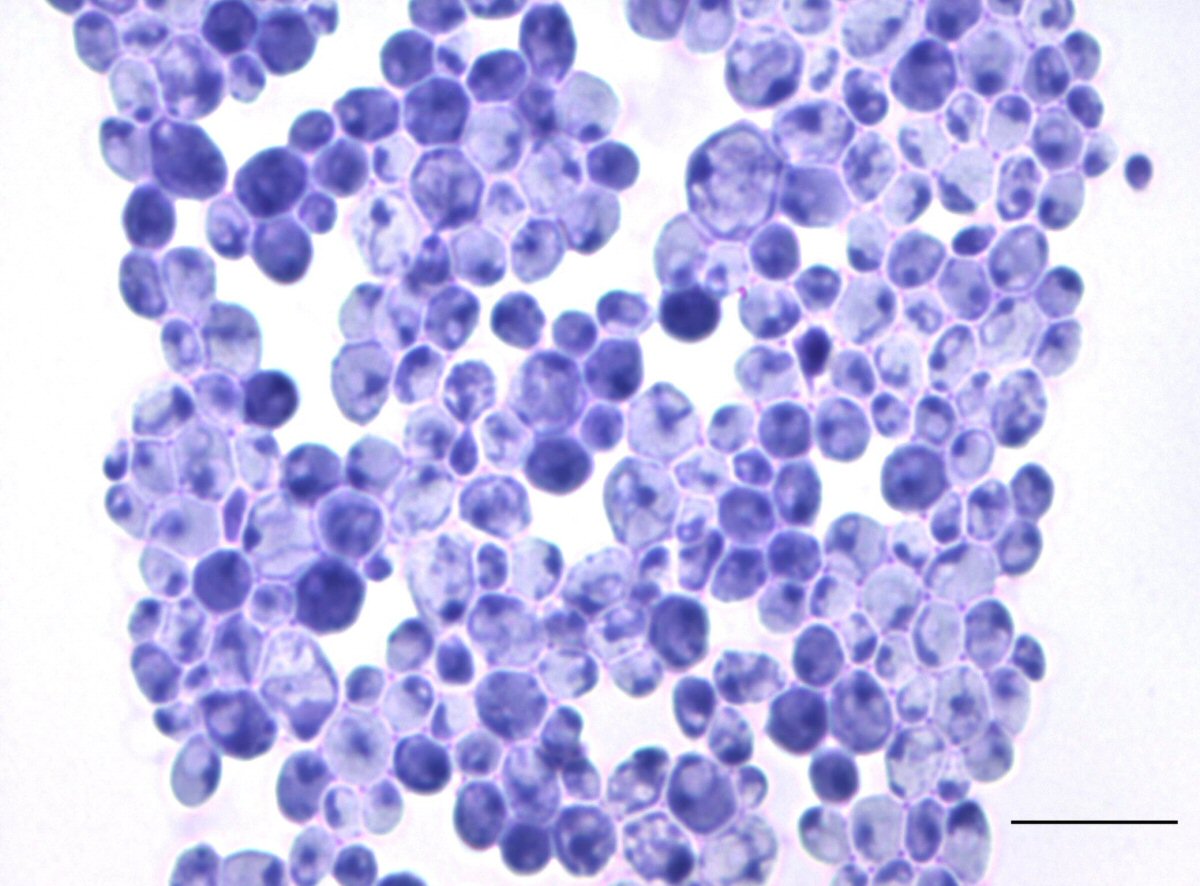
Yeast infection or candidiasis is a condition caused by excessive multiplication of a fungus called Candida. Even though the yeast is normally found on human skin, in the mouth and vagina it can eventually start multiplying uncontrollably and cause infection.
Vaginitis is an inflammation of the vagina. It is estimated that 75 % of all women suffer from vaginitis at some point in their lives. Apart from being associated with bacterial infection vaginitis may also occur due to Candida infection. Similarly, vulvitis (inflammation of the external genital organs of the female) frequently develops as a consequence of Candida yeast infection.
Causes of Yeast Infection in Women
Vaginal yeast infection develops either if new yeast is introduced into the vagina or in case the yeast already present in the vagina starts to multiply uncontrollably. The condition can develop due to prolonged treatment with antibiotics (the drugs that may eradicate normal and protective bacteria from the vagina and eventually allow yeast to grow). Furthermore, the conditions affects immunocompromised patients. And finally, it may affect women with recent injury to the inner vagina, those suffering from diabetes mellitus, pregnant women, women who take birth control pills as well as those who use douches or perfumed vaginal hygiene sprays.
Symptoms of Acute Yeast Infection
The symptoms of vaginal yeast infection and vulvitis are generally non-specific, meaning that they can be associated with other conditions. The most prominent symptom of the infection is itching in the vaginal or vulvar area. Apart from that many women complain about burning sensation, soreness of the affected area and pain during intercourse or urination. Vaginal discharge is another characteristic sign of yeast infection. In such case the discharge is odorless, whitish and thick in appearance and texture. It resembles cottage cheese. Vulvodynia, pain in the vulvar area, develops in women suffering from yeast infection of the vulva. Major problem is that once the infection occurs it tends to reoccur.
Treatment for Yeast Infection
Vaginal yeast infection and vulvitis caused by Candida are treated with antifungal medications that are in majority of cases applied topically inside the vagina and directly on the vulva. In more severe cases of infection as well in case of recurrence doctors may prescribe oral antifungal drugs. The most common topically applied medications include butoconazole, clotrimazole, miconazole and terconazole.
Many women buy over-the counter topical medications for yeast infection. Still, if symptoms persist they should consult their doctor since the infection may not originate from fungi but it may be associated with some bacteria.














_f_280x120.jpg)


Your thoughts on this
Loading...